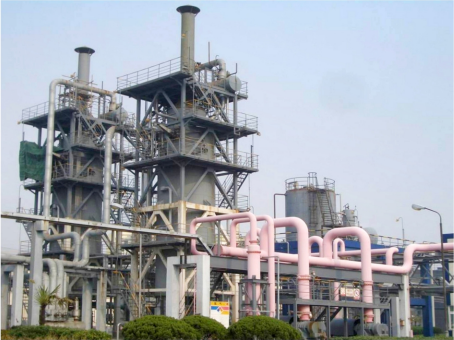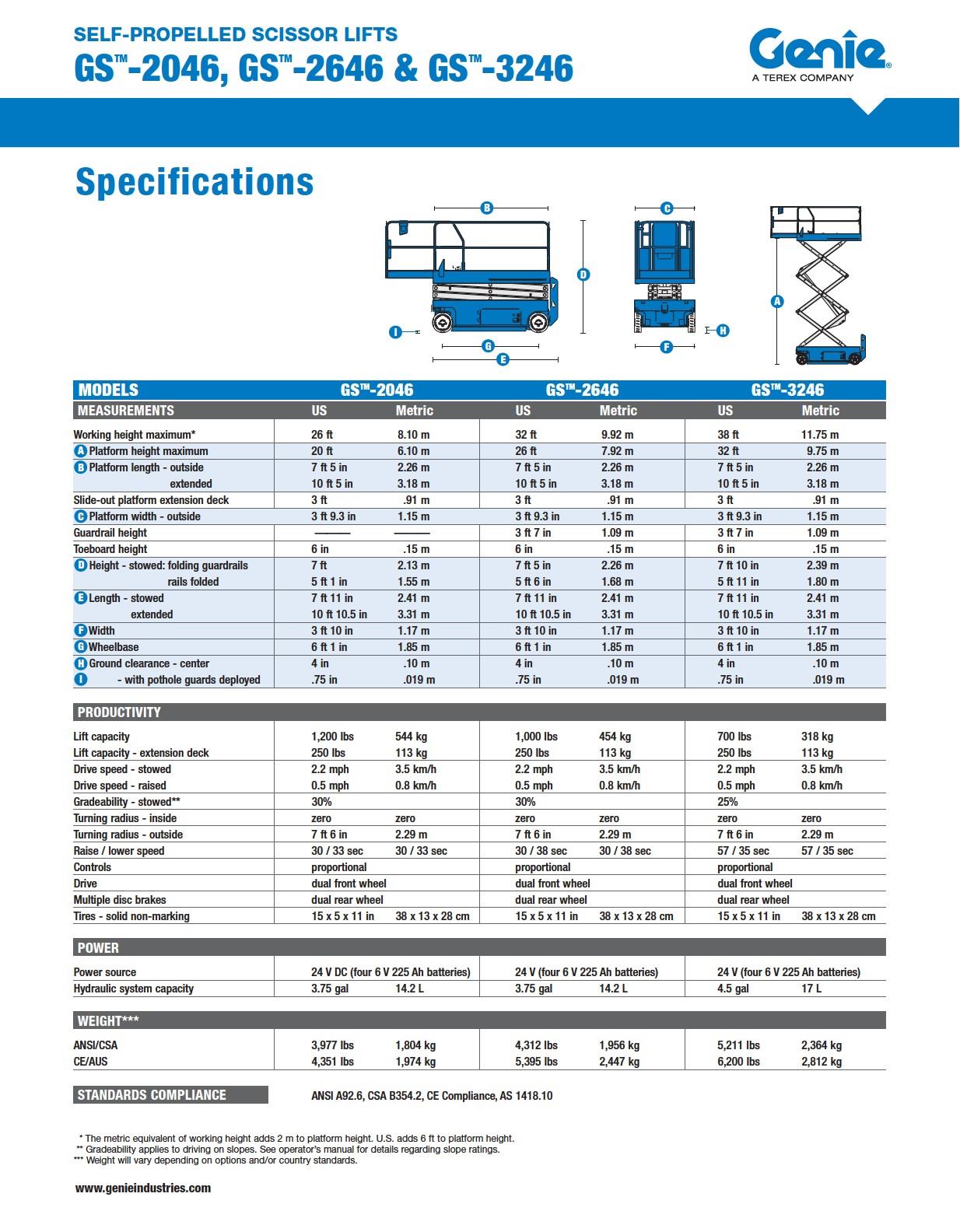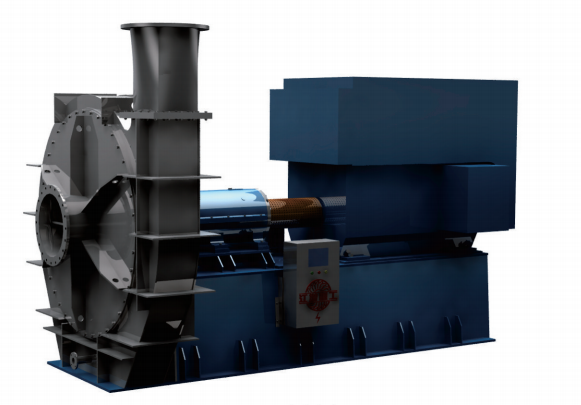 Wedoany.com Report-Feb 21, CoBank’s recent forecast suggests that rising prices and competitive pressures in recent months will lead U.S. farmers to allocate more acres to corn in 2025, drawing land away from soybeans, spring wheat, cotton, and grain sorghum. The analysis, led by Tanner Ehmke, CoBank’s lead economist for grains and oilseeds, relies on statistical regression and insights from U.S. cooperatives and merchandisers. The report details projected acreage for major crops and considers global market factors that could influence planting decisions in the weeks ahead of the 2025 season.
Wedoany.com Report-Feb 21, CoBank’s recent forecast suggests that rising prices and competitive pressures in recent months will lead U.S. farmers to allocate more acres to corn in 2025, drawing land away from soybeans, spring wheat, cotton, and grain sorghum. The analysis, led by Tanner Ehmke, CoBank’s lead economist for grains and oilseeds, relies on statistical regression and insights from U.S. cooperatives and merchandisers. The report details projected acreage for major crops and considers global market factors that could influence planting decisions in the weeks ahead of the 2025 season.
Corn acreage is expected to grow by 4.2%, reaching 94.55 million acres in 2025, the only major crop projected to expand compared to 2024. Low hay prices are likely to shift some acres from corn silage to grain production, boosting corn harvested for grain by 5.0% to 87.06 million acres. However, potential trade tensions with Mexico and Canada could reduce demand for U.S. corn, possibly limiting this increase.
Soybean acreage is forecasted to decline significantly, falling from 87.10 million acres in 2024 to 84.00 million acres in 2025. This reduction follows an increase in winter wheat acres last fall, which supports double-cropping soybeans after the wheat harvest. The outlook could shift if tariffs on imported used cooking oil from China or canola oil from Canada increase soybean oil demand, encouraging farmers to maintain soybean acres.
Spring wheat acres in the northern Plains are projected to decrease by 5.9%, dropping to 10.0 million acres, driven by a strong U.S. dollar and ample supply from the previous harvest. Most of these acres are expected to transition to corn, with some moving to soybeans. Changes in wheat production in Russia or the U.S. could alter market conditions and affect these projections.
Cotton acres are anticipated to fall by 7.8% to 10.3 million in 2025, influenced by low prices, concerns about China’s economy, and competition from Brazil. The decline is expected to be more pronounced in the Southeast than in Texas, where farmers have shifted to wheat and fall forages for cattle grazing, bolstered by high livestock prices. A recovery in China’s economy or a smaller Brazilian cotton crop could support prices and stabilize acreage.
Grain sorghum acres are projected to drop 9.5% to 5.7 million, largely due to reduced export demand from China, which typically buys up to 95% of U.S. sorghum exports. Domestic use in livestock feed and ethanol production has increased, however, and a resurgence in Chinese demand, spurred by low prices, could help maintain acreage. The report highlights how evolving market dynamics and trade factors will shape final planting choices across the U.S. in 2025.

















